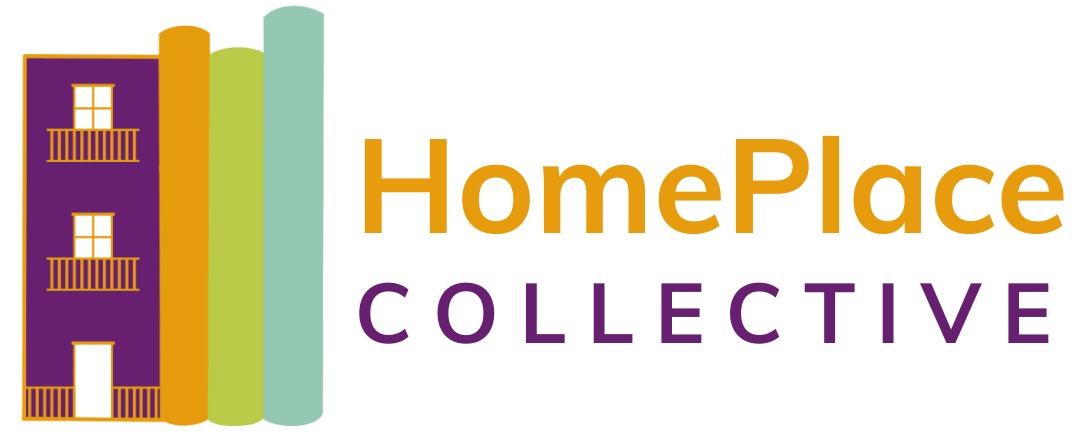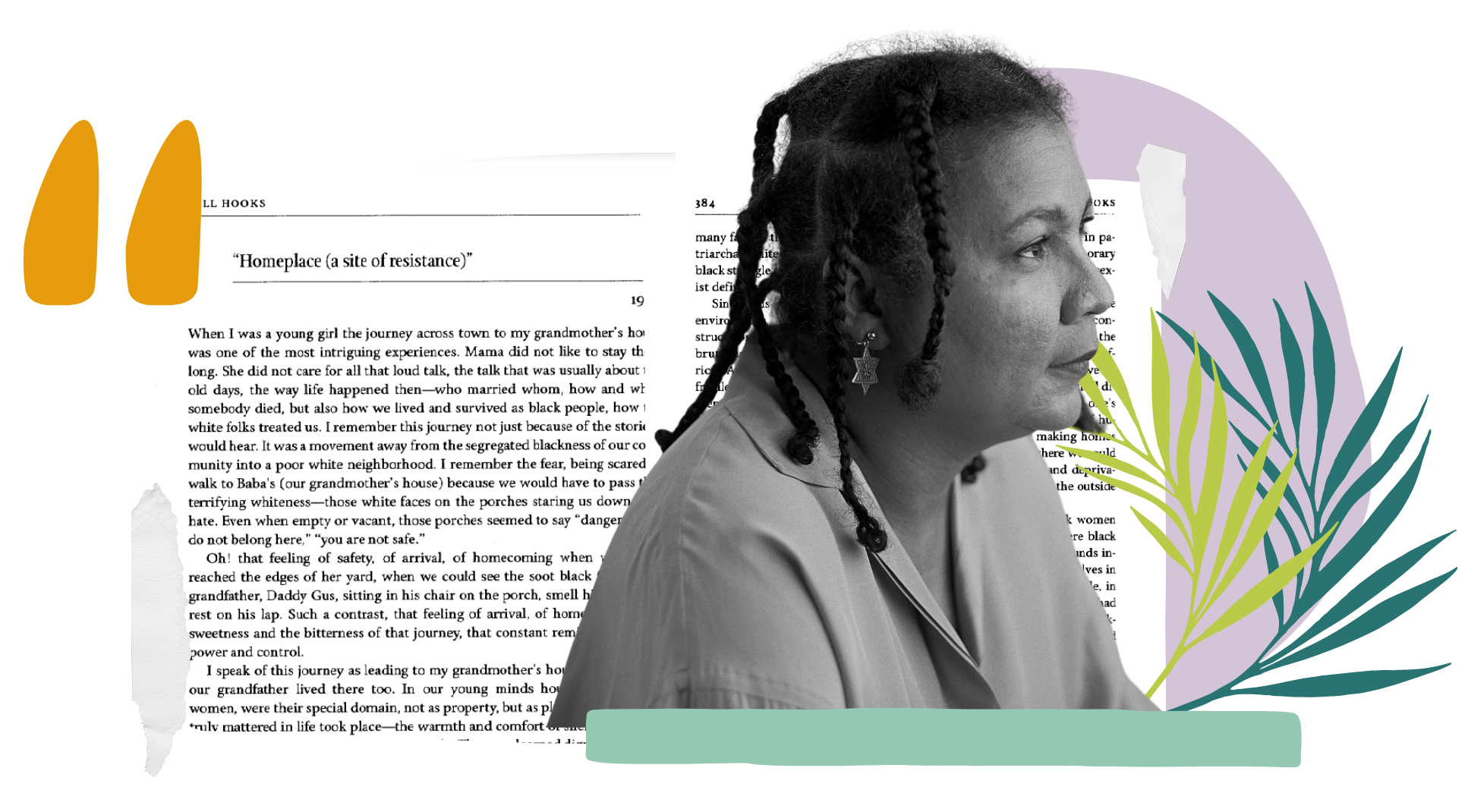
The trailblazing feminist scholar, bell hooks, discusses the classroom space as being a critical site of resistance. In her essay on HomePlace, hooks speaks of the meaning of homeplace as a site of resistance and liberation struggle;
“Historically, African-American people believed that the construction of a home-place, however fragile and tenuous (the slave hut, the wooden shack), had a radical dimension, one’s homeplace was the one site where one could freely construct the issue of humanization, where one could resist. Black women resisted by making homes where all black people could strive to be subjects, not objects, where we could be affirmed in our minds and hearts despite poverty, hardship, and deprivation, where we could restore to ourselves the dignity denied us on the outside in the public world” (cited in Roberta Feldman & Susan Stall, The Dignity of Resistance, 2004).
Our services and mission also draw inspiration from Dr. Aaliyah El-Amin’s course at the Harvard Graduate School of Education entitled “Educating to Transform Society” and the concept of instilling transformational capital (or the ability to change unjust systems) instead of navigational capital (withstanding unjust systems) in young people.
With their blended experience serving as disempowered school committee members under state receivership and helping schools and youth development providers solve towards educational equity, Dr. Rivera and Ms. Infante teamed up to develop HomePlace Collective. Their experiences showed that too often, youth internalize the inequities around them when inequities are in reality the result of bad policy rooted in systems of oppression, which can and should change.
HomePlace posits that the answer lies in critical youth development efforts so that students can transform themselves, believe in the power of liberatory education while building hope, and shape necessary change through direct action and civic engagement in their own communities.


